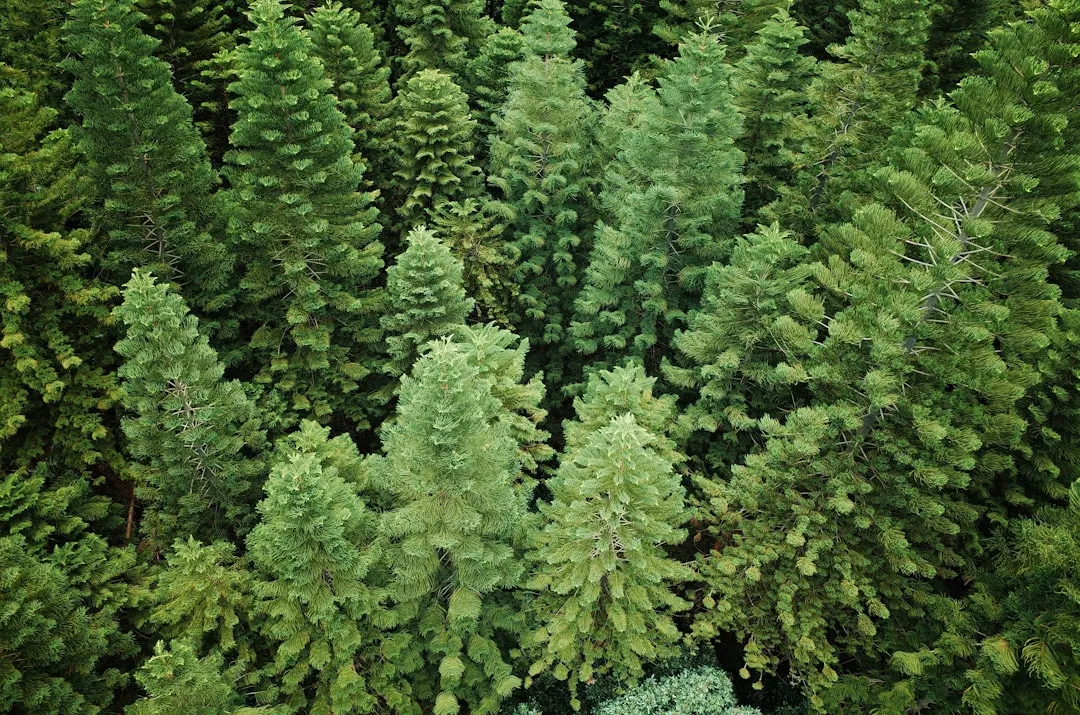The Allure of Spruce in the Landscape

Spruce trees are a remarkable addition to any landscape, offering a unique blend of grace and bold uprightness. These evergreens, which range in size from small to large, have a versatility that makes them year - round contributors to the beauty of outdoor spaces.
One of the most captivating aspects of spruce trees is their diverse shapes. Some spruces have a classic conical form, with branches that gradually taper from the base to the top. This shape gives them a sense of elegance and symmetry, making them ideal focal points in gardens or parks. For example, the Norway spruce often showcases this traditional conical shape, standing tall and proud, its branches reaching out like arms to embrace the surrounding environment. The dense foliage of these spruces provides a lush green backdrop throughout the year, adding a touch of tranquility to the landscape.
Other spruces may have a more irregular or weeping form. Weeping spruces have long, drooping branches that cascade downwards, creating a soft and flowing appearance. These trees can add a sense of movement and drama to a garden. They are often used near water features, such as ponds or streams, where their branches can reflect in the water, enhancing the overall aesthetic. The weeping blue spruce, with its silvery - blue needles and graceful drooping branches, is a popular choice for creating such a picturesque scene.
In addition to their visual appeal, spruces play an important ecological role. They provide shelter and nesting sites for a variety of birds and small mammals. The dense foliage of spruce trees offers protection from the elements and predators, making them a safe haven for wildlife. During the winter months, when food is scarce, the seeds and needles of spruce trees can also serve as a food source for many species.
When it comes to landscaping, spruces can be used in a variety of ways. They can be planted in rows to create a natural privacy screen or windbreak. Their dense growth habit makes them effective at blocking out unwanted views and reducing the impact of strong winds. In large gardens, spruces can be grouped together to form a grove, creating a sense of mystery and seclusion. They can also be used as accents in rock gardens or mixed borders, adding height and texture to the overall design.
Spruces are relatively low - maintenance trees. They are adaptable to a wide range of soil types, as long as the soil is well - drained. They prefer full sun to partial shade, and once established, they are fairly drought - tolerant. However, like all trees, they require some care, such as regular pruning to maintain their shape and health. Pruning can also help to remove any dead or diseased branches, preventing the spread of pests and diseases.
There are many different species of spruce trees available, each with its own unique characteristics. The Colorado blue spruce is known for its striking blue - gray foliage, which adds a cool and refreshing color to the landscape. The white spruce, on the other hand, has a more delicate appearance, with lighter - colored needles and a more open growth habit. The black spruce is well - adapted to wetter soils and colder climates, making it a popular choice in northern regions.
In conclusion, spruce trees are a valuable asset to any landscape. Their diverse shapes, year - round beauty, and ecological benefits make them a favorite among gardeners and landscapers. Whether you are looking to create a formal garden, a naturalistic landscape, or a wildlife - friendly environment, spruces can play an important role in achieving your goals. So, the next time you are planning a landscaping project, consider adding a few spruce trees to enhance the beauty and functionality of your outdoor space.